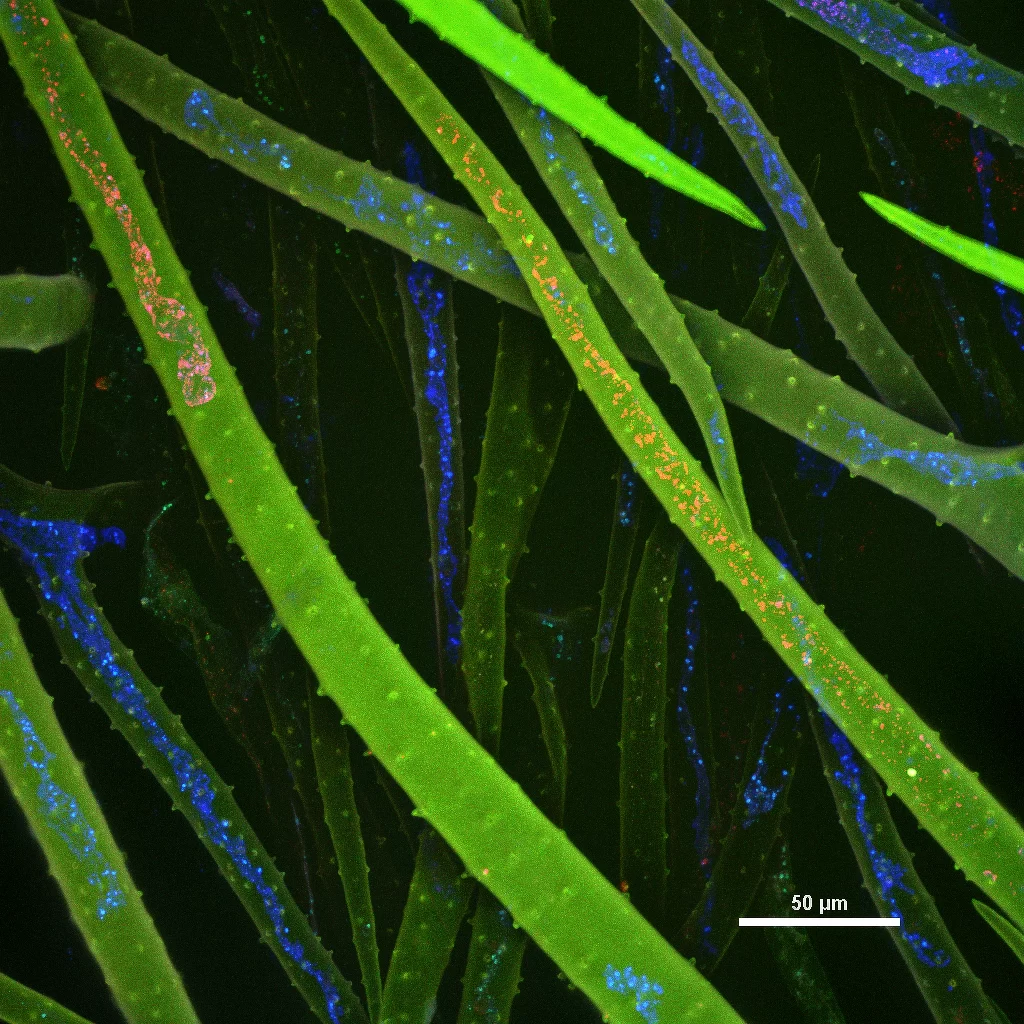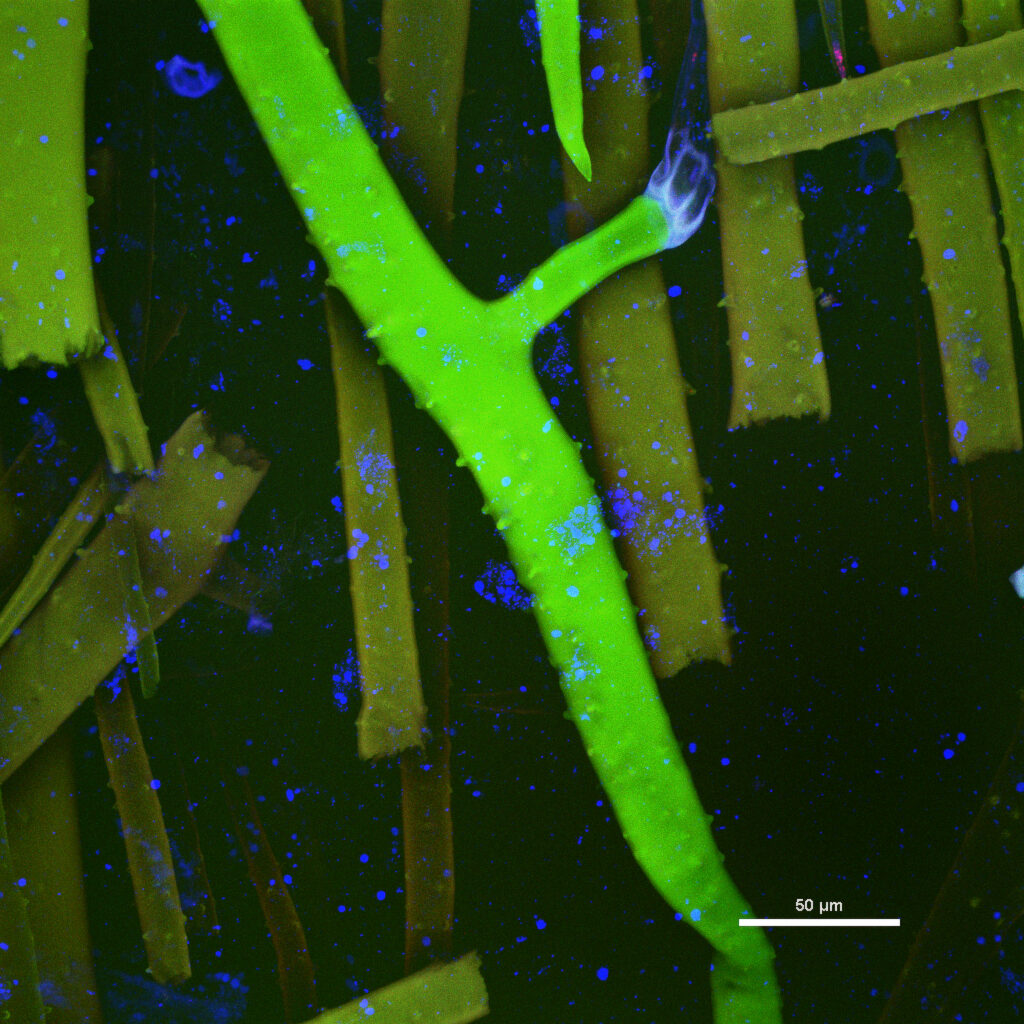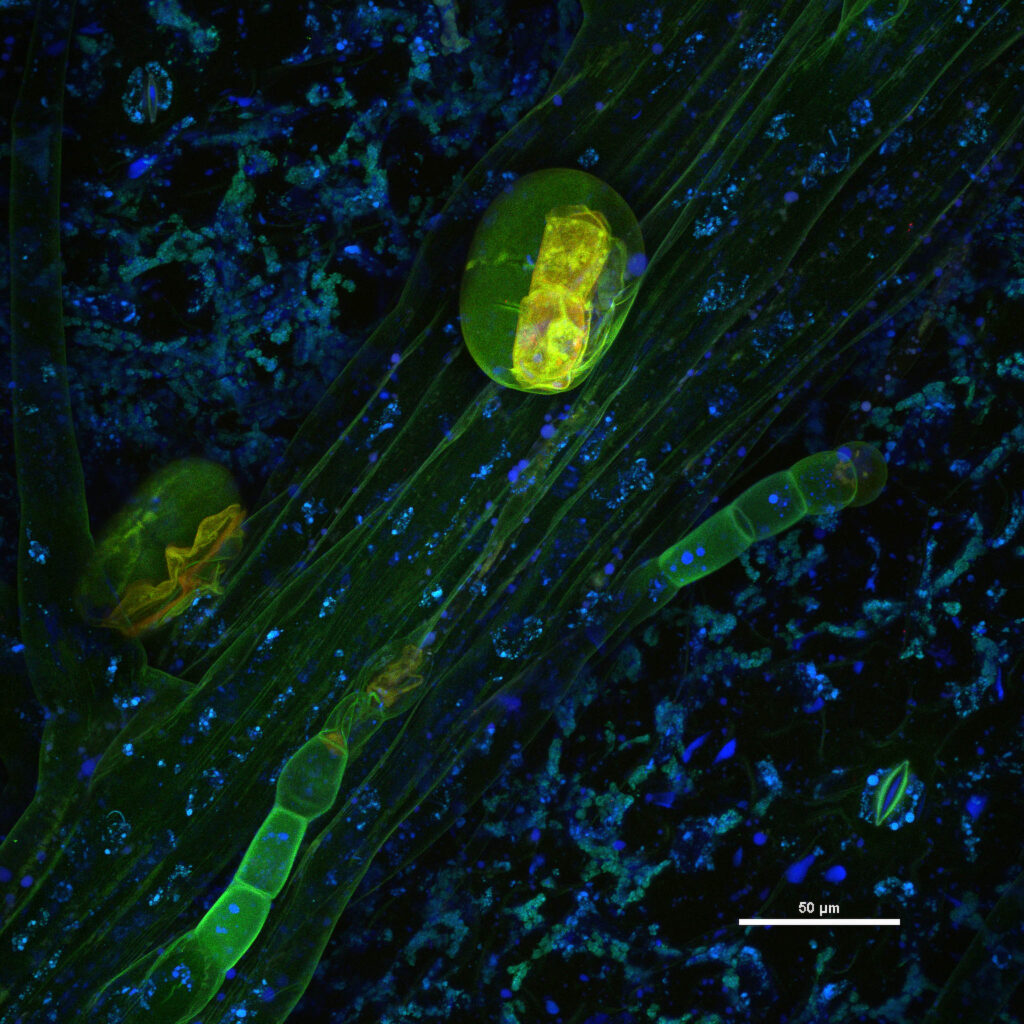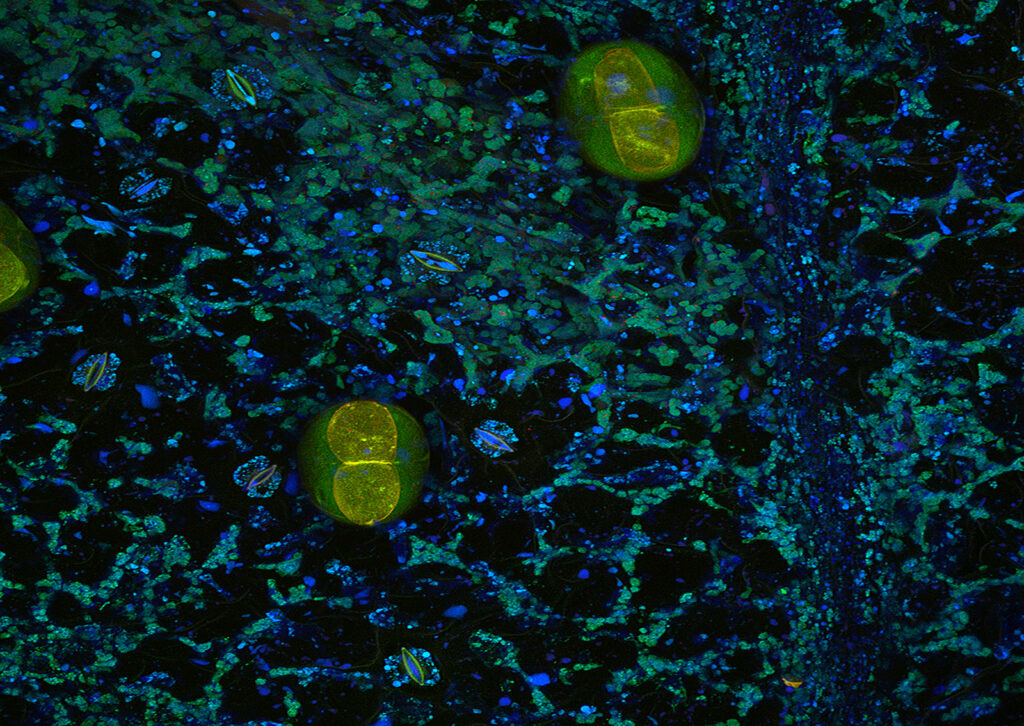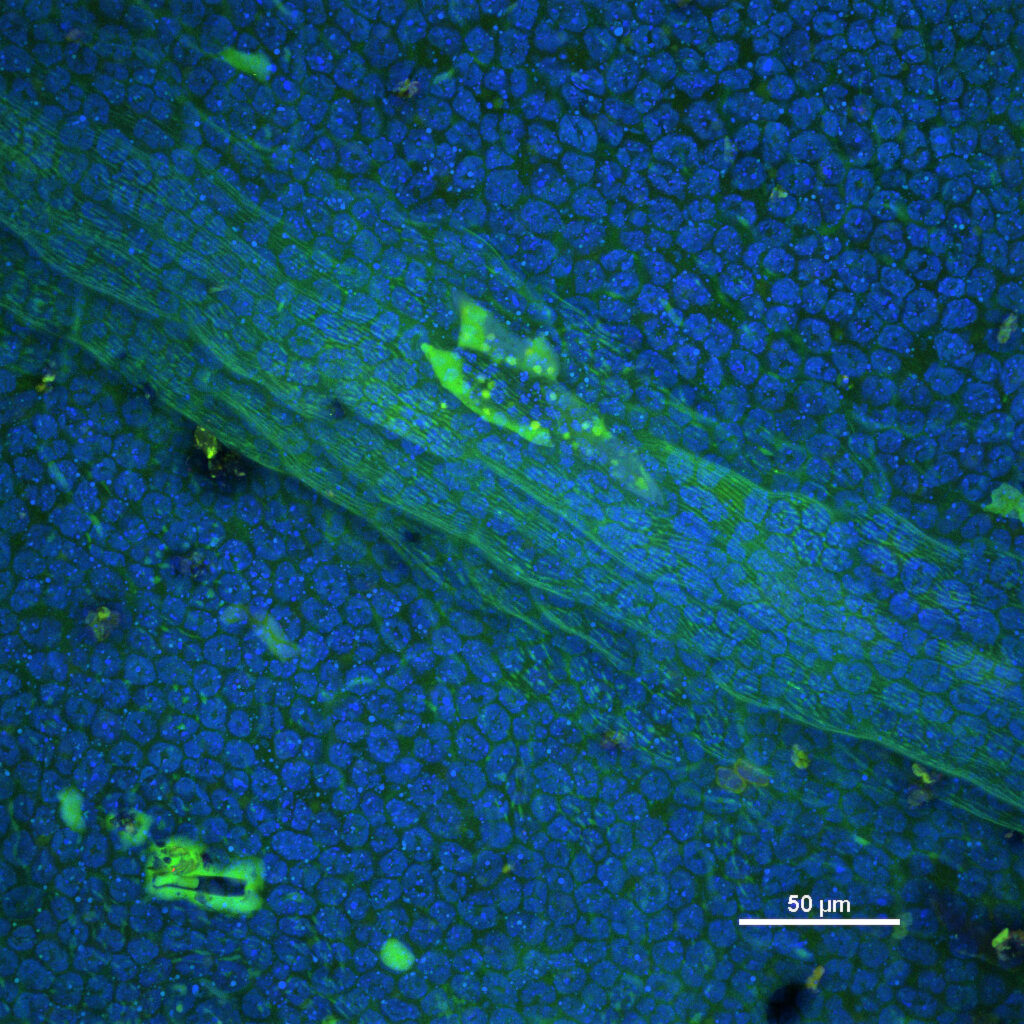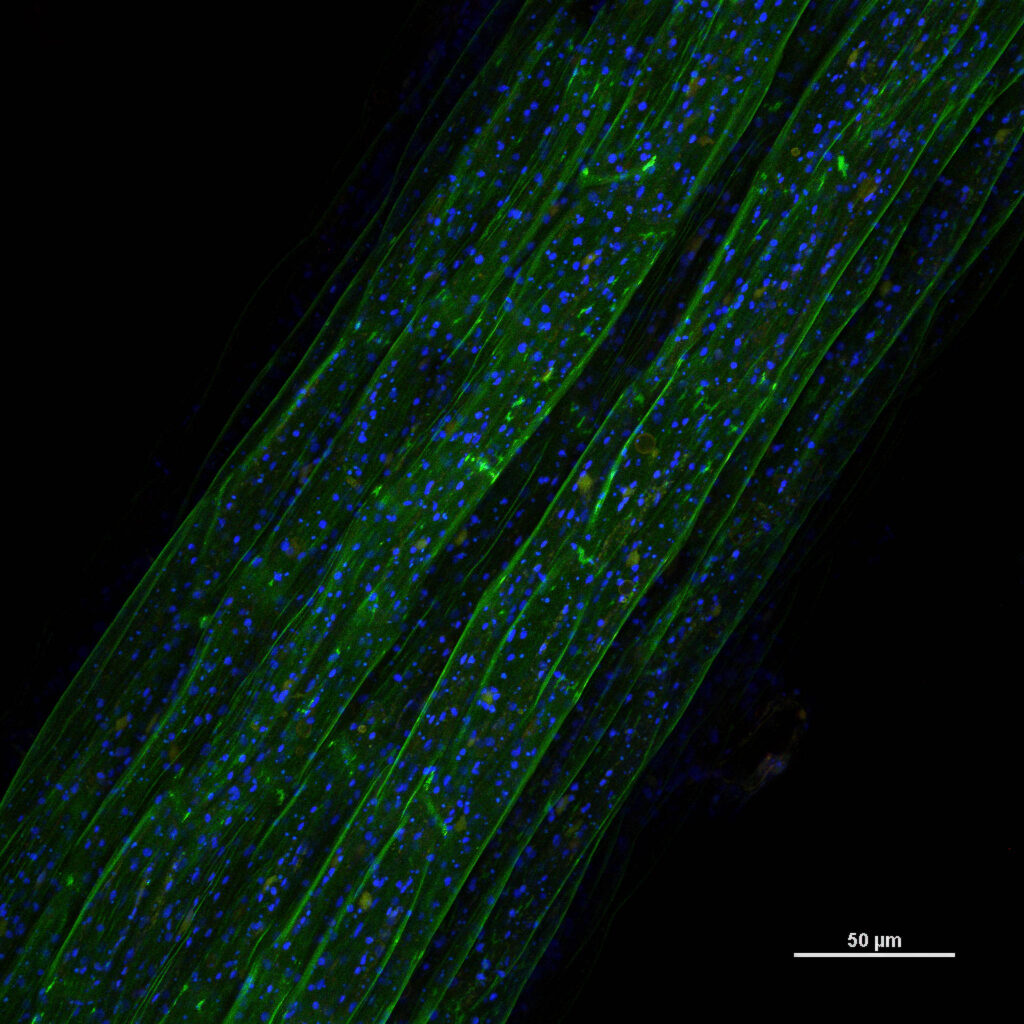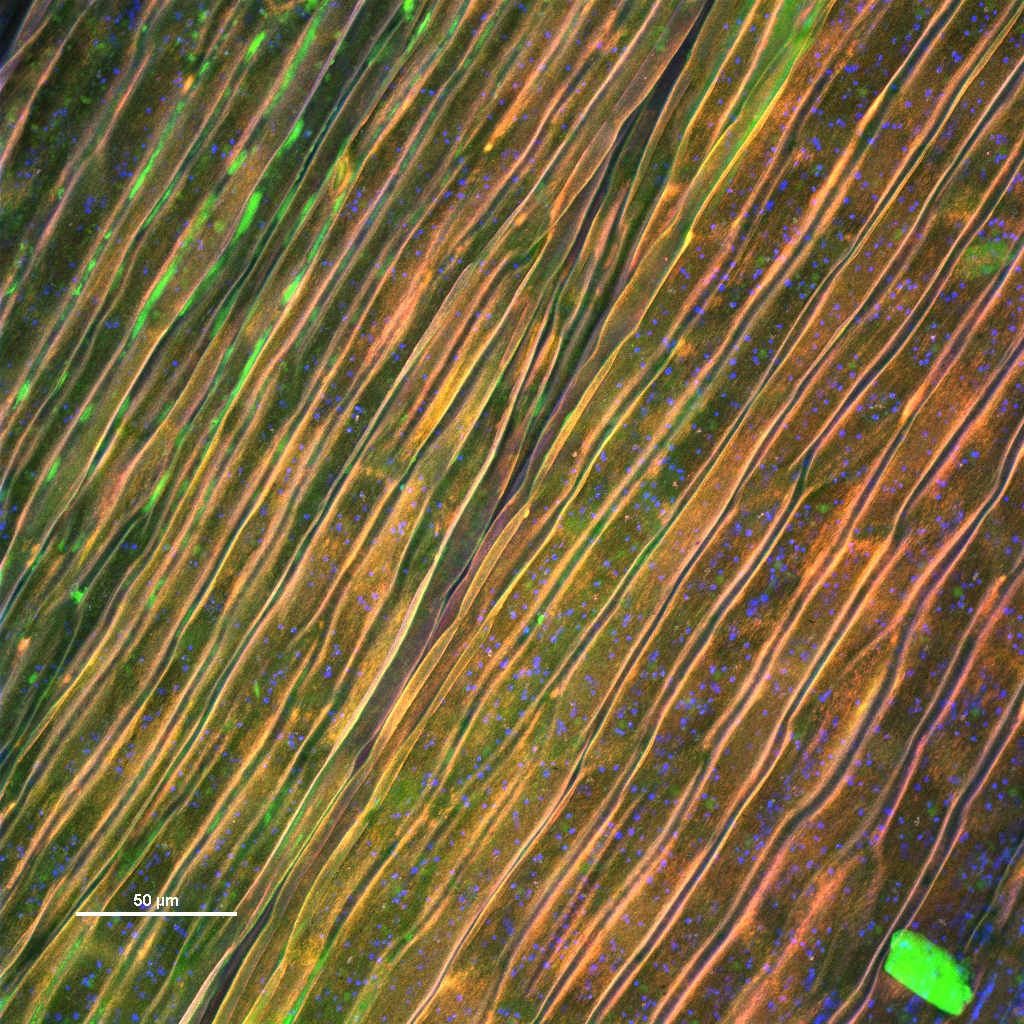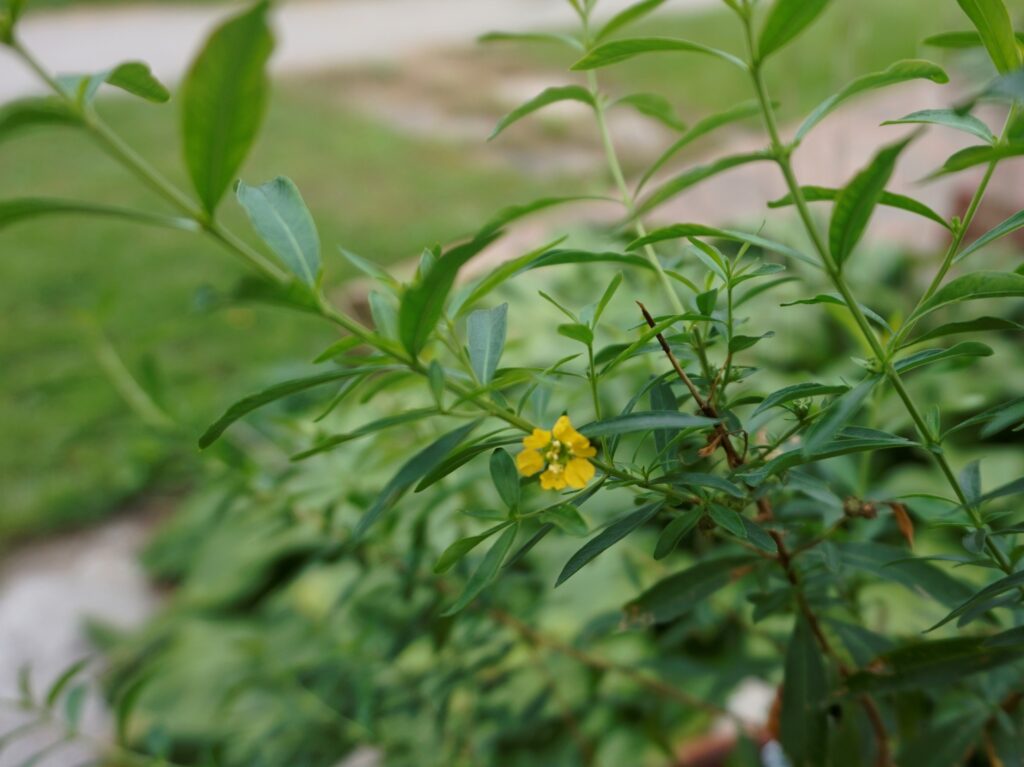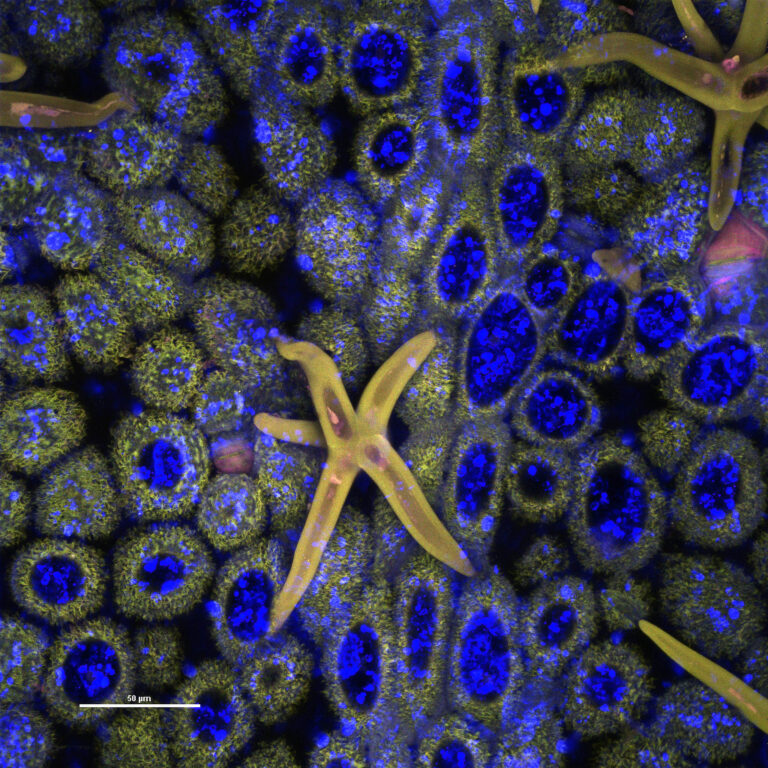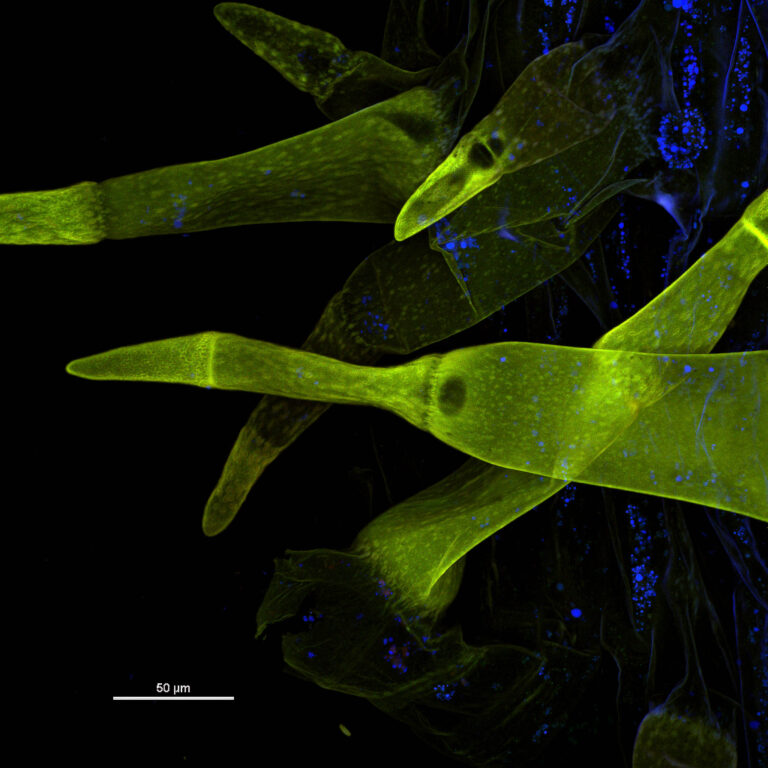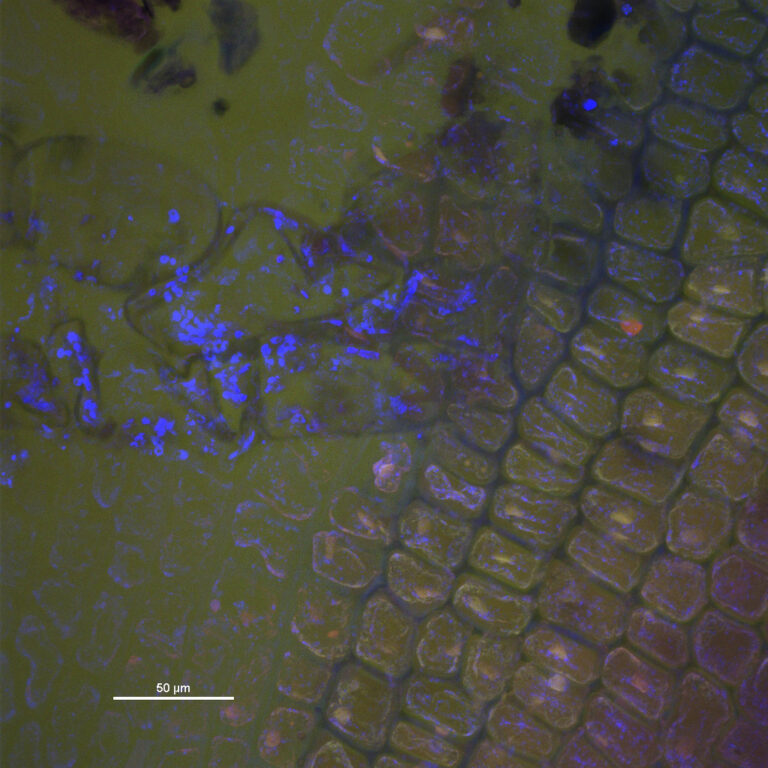Alicia anisopetala, Calea zacatechichi, Desfontainia spinosa, Heimia myrtifolia, Heimia salicifolia, Mimosa tenuiflora, Tabernaemontana undulata
As Glenn H. Shepard, Jr. has written, “though a fair amount is now known about how psychoactive plants and compounds produce their peculiar effects on the human mind, it is still largely a mystery as to why certain plants produce such compounds.”
In other words, why do some 100 plants from among perhaps half a million different plant species make these substances that can potentiate profound effects on humanity’s consciousness of our destructive (or even its opposite more egalitarian) relationship with the natural world?
Does it indicate some kind of mutually beneficial co-evolution? Schultes and Hofmann call this “one of the unsolved riddles of nature.”
In the case of seven plants whose images are included in this website, even the particular plant chemistry remains somewhat enigmatic and warrants further investigation.
The phytochemistry and ethnobotanical history of the rare plant Alicia anisopetala(from the same family as B. caapi and D. cabrerana) remains obscure: does one of the images included in the website capture a terpene emission from a trichome?
Calea zacatechichi, which has been called an “oneirogen,” or dream-inducing plant, is used by the Chontal Indians of Mexico for divinatory purposes. Research thus far has not isolated any psychoactive compounds in the very bitter leaves of this plant, though may demonstrate that aqueous infusions can be toxic to the human kidney and liver.
Desfontainia spinosa, a psychoactive plant of unknown chemistry, whose leaves bear a strong resemblance to holly,is used by traditional healers from the Sibundoy Valley in Colombia to southern Chile, land of the Mapuche.
The mildly psychoactive Heimia salicifolia and Hemia myrtifolia, used traditionally in Mexico to increase fertility, contain a variety of quinolizidine alkaloids.
Mimosa tenuiflora (formerly known as M. hostilis) is a source of N,N-DMT that has been used by different ethnic groups in Brazil for a psychoactive drink called Jurema.
The leaves of Tabernaemontana undulata, which have high concentrations of indole alkaloids, are used by Amazonian indigenous groups (and applied to their dogs, too!) to increase night vision for hunting and also as an admixture to ayahuasca preparations and to Virola snuffs, possibly (according to Christian Rätsch) as an aid to remembering the visionary experience more clearly.

